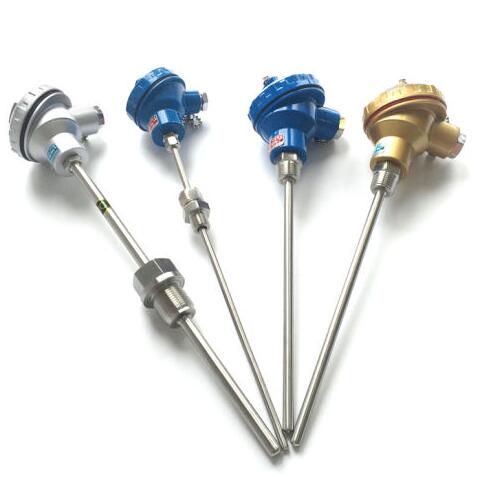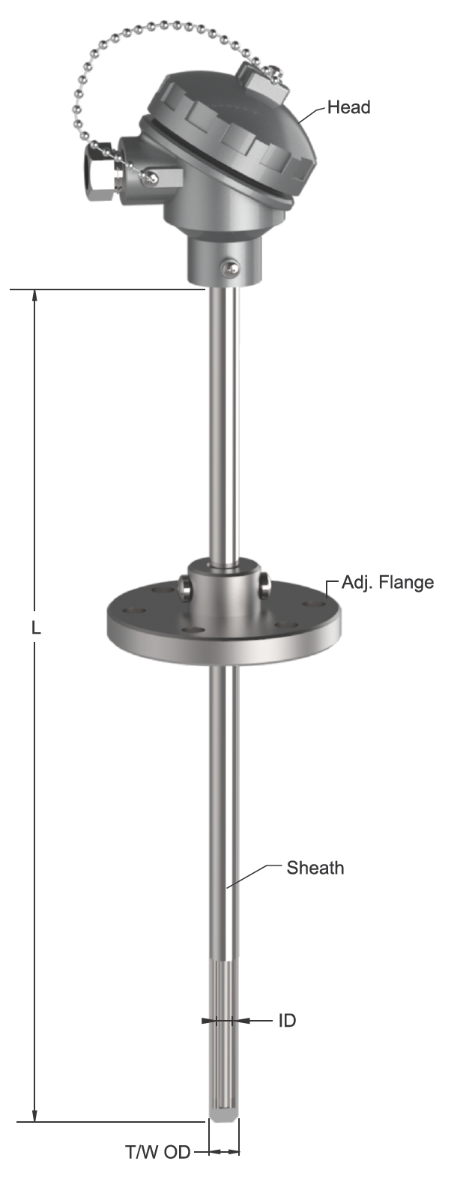
ElectroMix - Services
- Home
- Services
Temperature Sensor RTD
A Resistance Temperature Detector (RTD) is a temperature sensor which contains a resistor, the resistance changes with temperature; this can then be correlated to provide a temperature reading.
The RTD Pt100 sensor is the most common and has a resistance of 100 ohms at 0°C whilst the Pt1000 sensor has a resistance of 1000 ohms as 0°C. As Pt1000s have a higher resolution they are considered to be more accurate, this is because sensitivity or uncertainty is reduced in basic 2-wire sensors, however this uncertainty can be further reduced by using 3 or 4 wire RTD sensors.
steps to choosing an RTD:
1. Element Type Such as Pt100 or Pt1000
2. Application measuring a liquid, surface or a gas Or it'll sit in a pipe or a vessel or is it part of a machine or apparatus.
3. Environment it need to be chemically resistant, IP rated, ATEX approved, food use, high vibration.
4. Location wall mounted, hand held, outside or inside. Does it need a fitting to be held in place.
5. Operating Range E.g. 0 – 500 Deg. C
6. Physical Considerations length, diameter and size requirements
7. Connection to Application Does it need a terminal head, connector, wire or transmitter, you need it 2 wire, 3 wire or 4 wire configuration.
Easley connect our team to help you choose the optimum solution suits your application.




